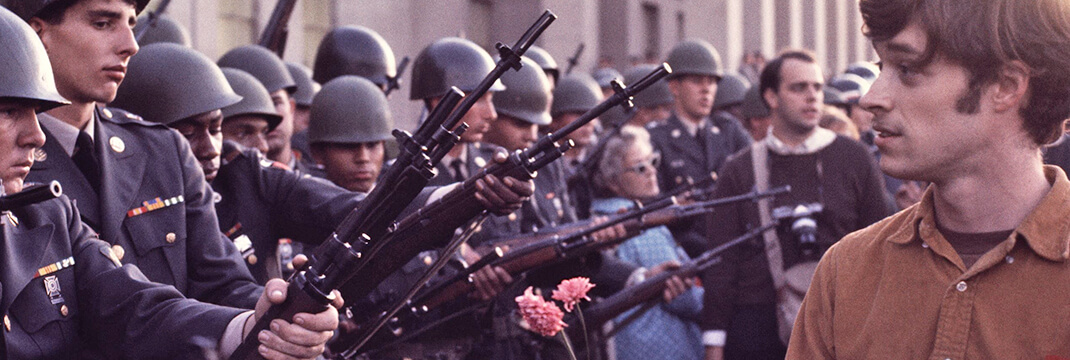
Trying to compare the conventional works of George Moss and J. Zimmerman, it is important to note that both works have similar as well as different features. This research blog will try to draw some differences in the works of these two authors. These differences would be largely focused on the mode of presenting the themes therein, their effectiveness and ineffectiveness, their lengths, and general impact on the reader.
To begin with, the major themes that are depicted in both books are Vietnam War protests, famous American war veterans, operation Agent Orange, weaponry of the Vietnam War, operation Cedar Fall, and the P.O.L. operation among others. The main differences lie in the way these themes are presented by the authors. In Zimmerman’s work, the war veterans such as General William Westmore are pictured leading a battalion of armies as they prepare to wear down Vietcong guerrillas by attrition. This gives the reader a pictorial view of the true state of affairs. As for the conventional work, the whole history of attrition led by General William together with the Army Chief Harold Johnson is comprehensively elaborated in the work. The Vietnam War protest is also pictorially depicted by Zimmerman as he clearly shows how the citizens were continuously protesting the war as it cost them billions of dollars in tax forms. This was through street riots and congressional debates. On the other hand, Moss depicts this theme by explaining how the blacks, the USSR, and China expressed their great dissatisfaction in the war especially in the application of the P.O.L. operation to the North Vietnamese. He goes ahead to explain how the American allies expressed their dissatisfaction with the P.O.L. together with the U.S. Secretary of Defence who tried to advise president Johnson to abandon the bombing strategy. Another difference is the way the two authors depict the theme of weaponry of the Vietnam War. Zimmerman is able to clearly show all the pictures of the guns, air fighters, trucks, guns, and even bombs that were used during the war. He is also able to show how these machines were used by the fighters. On the contrary, Moss presented most of his information in the written form. For instance, he systematically explained how the operation ranch head was conducted over the forests in Vietnam. We, therefore, do not get a clear picture of how the operation was held.
Zimmerman’s writing is relatively shorter thus it loses a lot in terms of major key development patterns of the War. On the other hand, Moss’ work is very comprehensive thus capturing the major events that escalated the war such as My Lai Massacre, Operation Rolling Thunder, Tet Offensive, Gulf of Tonkin resolution, and the battle of Dien Bien Phu among other events.
If to compare the two texts, it is clear that the conventional text is quite complex and wordy for the reader to be able to comprehend the major events that occurred in history; on the other hand, the graphical work by extension is quite simple and less wordy. Thus a layman could be in a position to easily analyze and interpret the historical information.
It is also important to note the fact that conventional work by G. Moss is time-consuming as it requires the reader to analyze various events covering 36 pages. It is more important to appreciate the fact that Zimmerman’s work is quite summarized; thus it saves the time of the reader.
In terms of the effect the two styles of writing have on the reader, it is quite clear that Zimmerman is able to attract the attention and emotions of the reader. For instance, the My Lai Massacre pictures the number of young men, women, and children killed by the fighters. This story is only narrated in the form of the conventional text does not give the true state of affairs.
Conclusion
It is important to note that both conventional and graphical modes of writing are at the same time effective and ineffective to a certain extent. Thus, each style is a complement to the other. The application of one style is not sufficient for the reader to optimally understand, analyze, and interpret the information.



